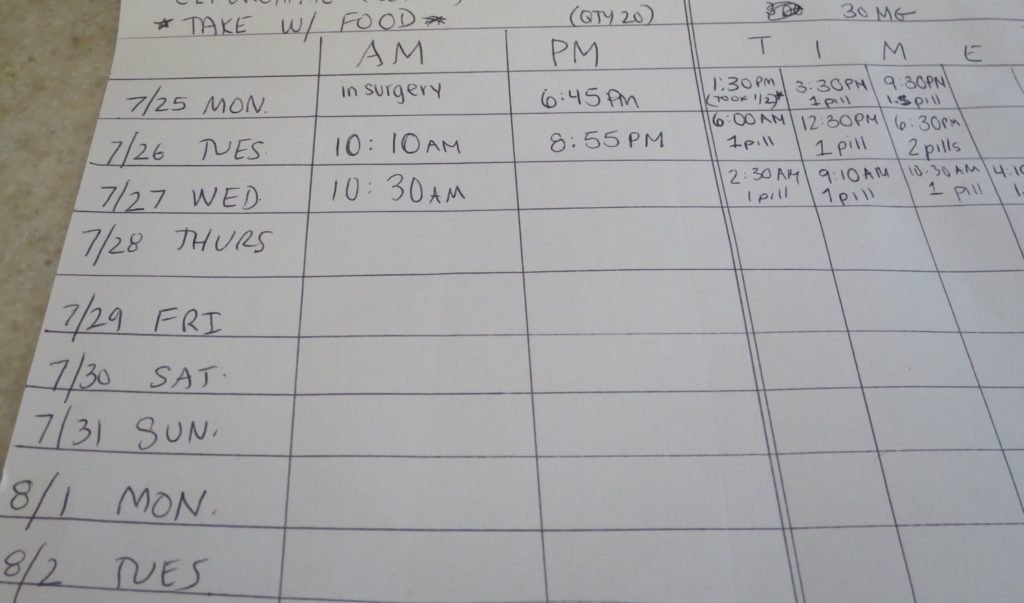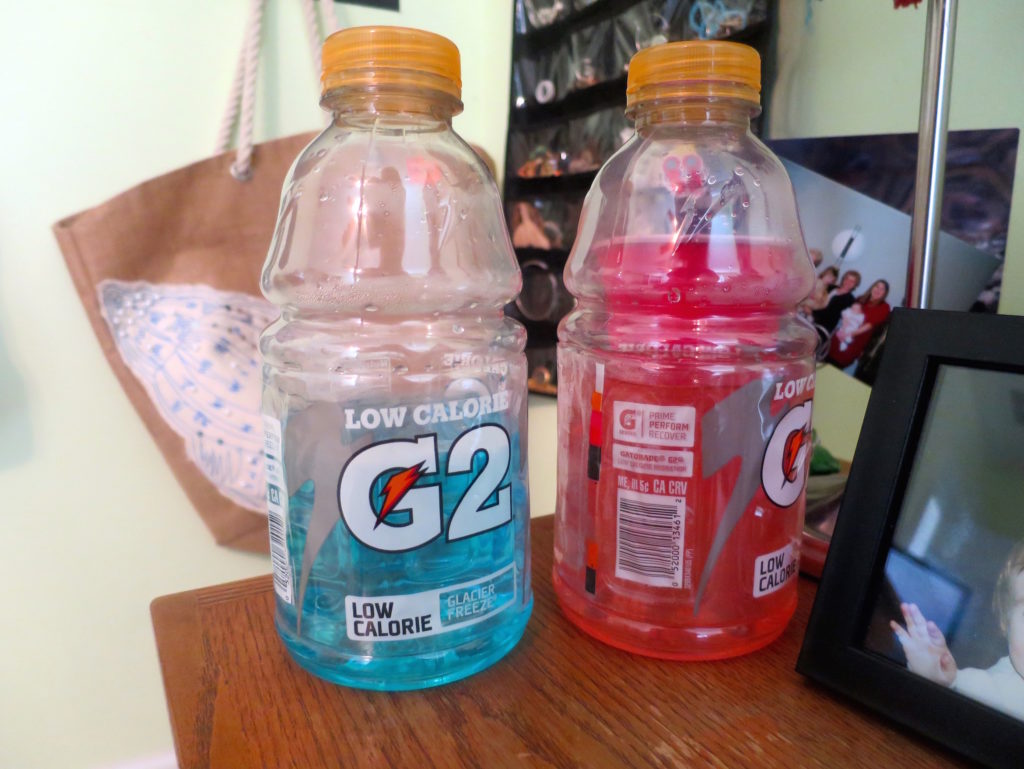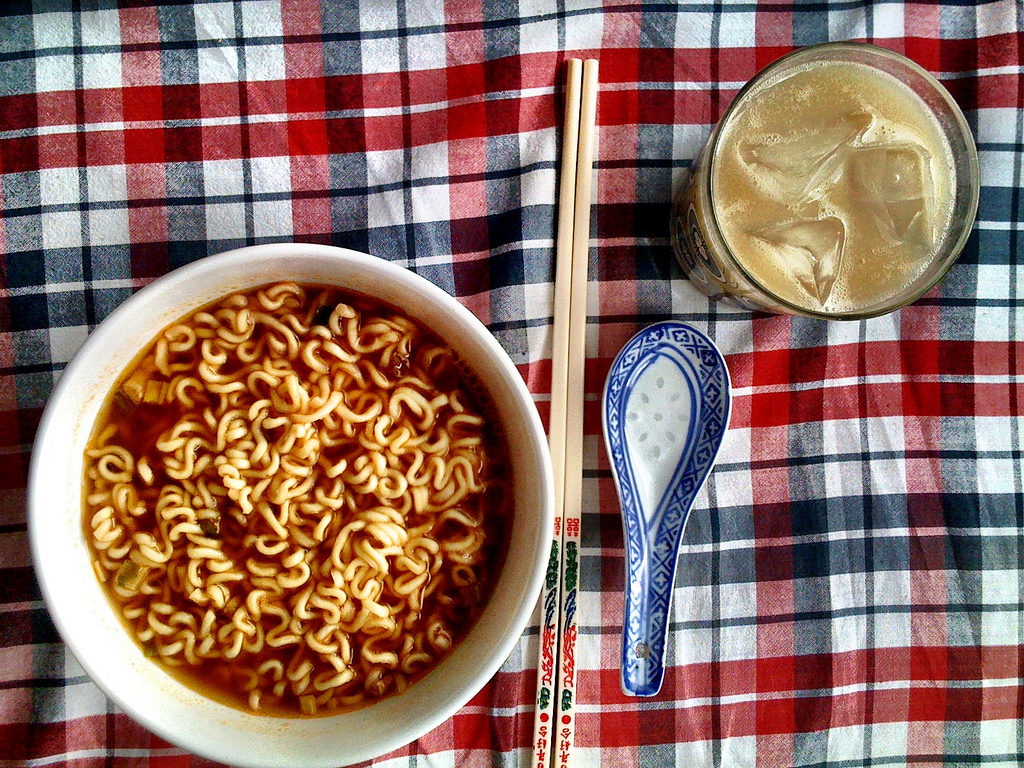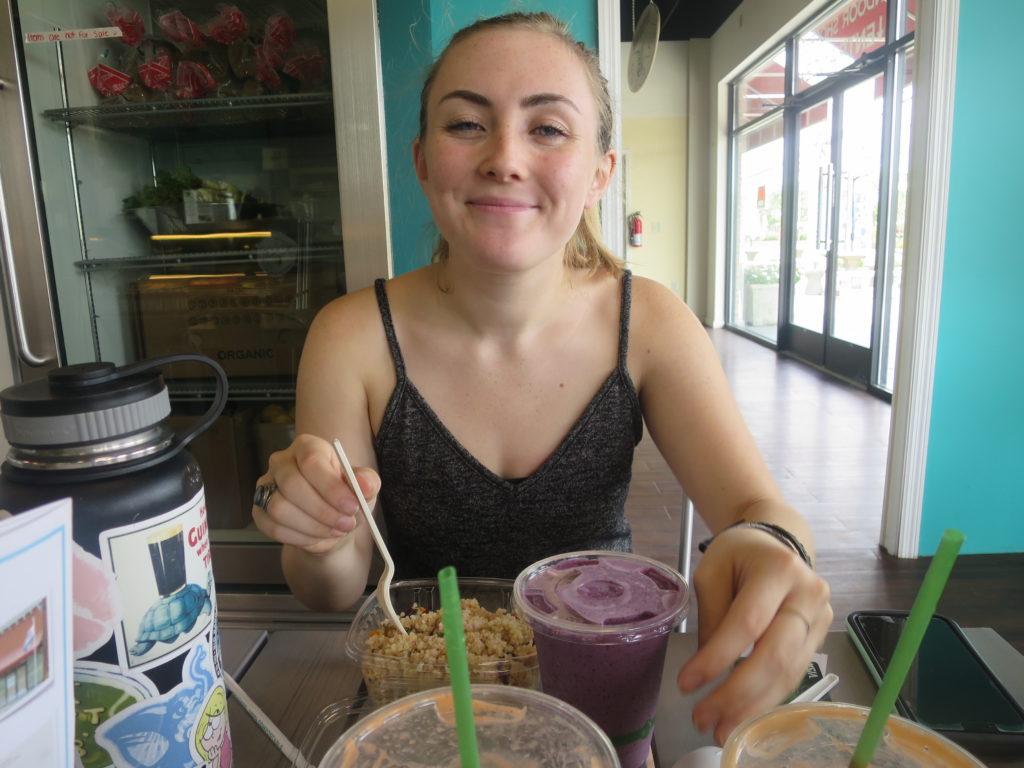I have lived with obstructive sleep apnea since I was five-years-old, caused by the enlarged tonsils and adenoids that my mom hoped I would outgrow. Fourteen years later, a high frequency of illnesses—strep throat, daytime sleepiness and loud snoring among other—had really taken a toll on my life (and my roommate) during my first year at college.

GIF courtesy of giphy.com
I finally made an appointment with an otolaryngologist, a doctor that specializes in ear, nose, and throat health. After one look with a bronchoscope at my over-sized tonsils and adenoids, they were scheduled to be removed one month later. I left with some stylish hospital underwear and a snow cone that would leave my tongue blue for the next few days.
Although my inner foodie was weeping, I was looking forward to being the next person to try an ice-cream-only diet for a week. Unfortunately, my recovery included pain medication, antibiotics, and lots and lots of apple sauce. Here’s what I learned:
Medication

Photo by Alexa Ornstein
The first post-op request I had for my mom was to make a chart to keep track of the two medications I was prescribed. I know this isn’t technically a food tip, but I had to plan my meals so that the medicine wasn’t taken on an empty stomach and so that I was able to eat during the least-painful times. This chart became a lifesaver; I was much less forgetful about what I needed to take, and I was able become familiar with patterns in my pain.
*I’d like to put in a disclaimer that although I am tentatively a biology major, I am not a doctor, and the type and frequency of medication for a patient of the same procedure may vary greatly.
Hydration

Photo by Alexa Ornstein
Right before I went under anesthesia, my doctor had minimal advice: “Make sure you drink water…And TALK.” While unconventional, his advice was extremely important for exercising my throat muscles and preserving my sanity. Hydration is an obvious and vital way to improve recovery; no matter the (reusable) container, I had ice water near me at all times.
Food
Days 1-2

Photo by Alexa Ornstein
Coming home from the hospital, my soft-food diet began with chilled, liquid-based foods to soothe my throat. I started out with apple sauce (purchased for me in very large quantities by my Grandma and Papa—I know they’re going to see this, so thank you and I love you), Gatorade that I kept on my nightstand, Jello, and cold chicken broth (easily replaced with veggie broth).
Now, to dispel the ice-cream myth: the dairy base of most ice creams increases production of phlegm, which requires coughing to clear the throat. This can aggravate the throat tissue and actually makes it a poor choice of post-tonsilectomy food. It only took me a few scoops of vanilla Häagen-Dazs to realize this. I tried a non-dairy cashew ice cream, but the best alternative I found were ice pops (of a non-acidic flavor).
Days 3-4

Photo courtesy of @Dominik Schwind on Instagram
When I began to feel more adventurous (and hungry), I stuck to the soft-food diet but incorporated lukewarm instant ramen, macaroni and a cheese, pastina with butter, and mashed potatoes. Although I was in carb-heaven, I was starting to feel a little run down from the lack of nutrients. A good addition that I would suggest are protein shakes, which made me feel more full and definitely gave me more vitamins than Cup O’ Noodles.
Day 6-13

Photo by Alexa Ornstein
My healing was going according to schedule, and by Day 6 I was feeling well enough to get out of the house. I was a little too ambitous with my meal choice from The Schwee Tea Co., as the pictured Quinoa Phoenix salad was difficult to swallow.
That night I wouldn’t leave my dad alone until he picked up a bunless blue cheese burger from the Shore Fire Grille, which I inhaled as quickly as my scabbing throat would let me. In the coming days I was able to slowly add solid foods into my diet: pasta salad and chicken at my family BBQ on Day 9, a soggy slice of pizza on Day 10, and on Day 11 I attempted to eat sushi.
I found that the more I ate solid foods, the more my appetite remembered what it had been missing.
Day 14

GIF courtesy of giphy.com
Two weeks after the surgery is the official mark of an average completed recovery time. I lost and gained back around eight pounds, which my doctor had prepared me for. The experience, although painful, was interesting, and I was amazed that my body had the ability to heal so quickly and efficiently. I feel that my breathing has improved, and I am definitely looking forward to a winter with minimal sore throats and less snoring.
The most important tips that I can offer anyone going through the same procedure are to stay hydrated, well-rested, talkative, and to save the ice cream to celebrate your recovery.


